Home>Gardening & Outdoor>Pool & Spa Care>What Is PH In A Hot Tub
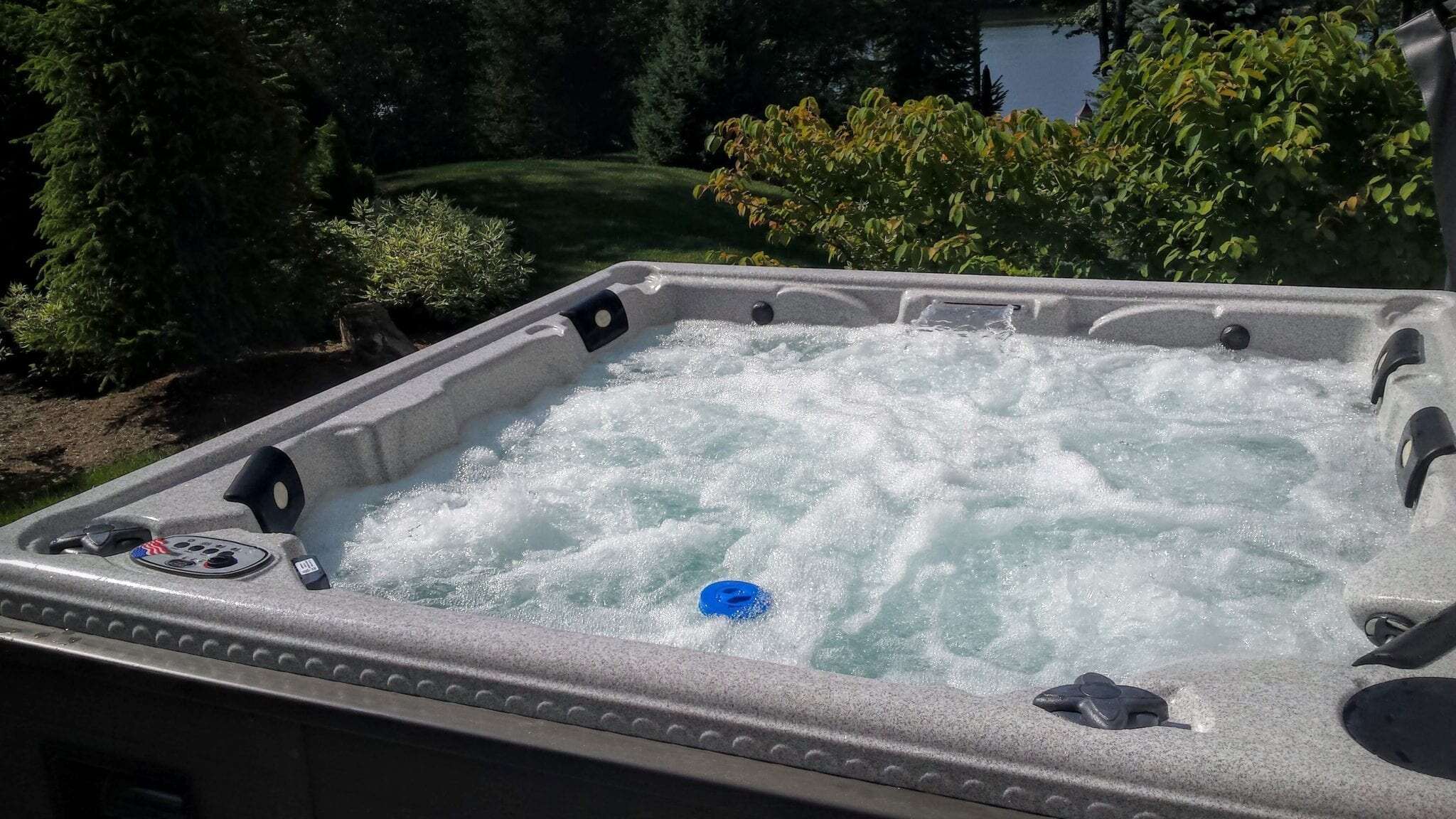

Pool & Spa Care
What Is PH In A Hot Tub
Published: December 29, 2023
Learn about the importance of pH in maintaining a healthy hot tub. Find expert tips for pool and spa care to keep your water balanced and safe.
(Many of the links in this article redirect to a specific reviewed product. Your purchase of these products through affiliate links helps to generate commission for Storables.com, at no extra cost. Learn more)
Introduction
So, you've just invested in a luxurious hot tub to elevate your relaxation and create memorable moments with friends and family. While the warm, bubbling water is inviting, maintaining the water chemistry is crucial for an enjoyable and safe experience. One of the key factors in hot tub water maintenance is pH level.
Understanding pH in a hot tub is essential for preserving the water quality, ensuring bather comfort, and prolonging the lifespan of the equipment. In this comprehensive guide, we'll delve into the significance of pH in a hot tub, the ideal pH levels, factors affecting pH, and how to test and adjust it effectively.
Join us on this journey to unravel the mysteries of pH and empower yourself with the knowledge to keep your hot tub water pristine and inviting. Let's dive in!
Key Takeaways:
- Maintaining the right pH level in your hot tub is crucial for keeping the water comfortable and safe. It helps prevent skin irritation, equipment damage, and cloudy water, ensuring a relaxing experience for everyone.
- Factors like sanitizer type, bather load, and water source can affect pH. Regular testing and adjustments using pH increasers or decreasers are essential for a balanced and inviting hot tub environment.
Read more: What Does PH Do In A Hot Tub
The Basics of pH
pH, which stands for “power of hydrogen,” is a measurement of the acidity or alkalinity of a solution. The pH scale ranges from 0 to 14, with 7 considered neutral. A pH below 7 indicates acidity, while a pH above 7 indicates alkalinity. In the context of hot tubs, maintaining the appropriate pH level is crucial for several reasons.
Water with a balanced pH is comfortable for bathers, prevents equipment corrosion, and maximizes the effectiveness of sanitizers. When the pH strays from the ideal range, it can lead to skin and eye irritation, scale buildup, and diminished sanitizer efficiency.
The pH level of the hot tub water directly impacts the effectiveness of other water balancing chemicals. For instance, if the pH is too high, the sanitizing chemicals may not work as effectively, potentially leading to waterborne illnesses. Conversely, if the pH is too low, it can cause corrosion of the hot tub components and discomfort for bathers.
Understanding the basics of pH empowers hot tub owners to maintain a safe and enjoyable environment for all users. In the following sections, we will explore the importance of pH in a hot tub, the ideal pH levels, factors affecting pH, and methods for testing and adjusting pH to ensure optimal water quality.
Importance of pH in a Hot Tub
The pH level in a hot tub plays a pivotal role in ensuring the water quality is safe, comfortable, and conducive to relaxation. Maintaining the appropriate pH level is essential for several reasons, each of which contributes to the overall hot tub experience.
First and foremost, the pH level directly impacts bather comfort. Water with an incorrect pH can cause skin and eye irritation, making the hot tub experience less enjoyable. By maintaining the ideal pH level, hot tub owners can ensure that bathers can relax and unwind without discomfort or irritation.
Furthermore, the pH level influences the efficacy of sanitizers. When the pH is within the recommended range, the sanitizing chemicals work optimally, effectively killing bacteria and preventing the growth of algae and other microorganisms. This, in turn, helps maintain a sanitary hot tub environment, reducing the risk of waterborne illnesses.
Another crucial aspect of pH management is its role in preventing equipment damage. Water with imbalanced pH levels can lead to corrosion of the hot tub components, including the heater, pump, and plumbing. This corrosion not only compromises the longevity of the equipment but also poses potential safety hazards.
Moreover, maintaining the correct pH level in the hot tub water is essential for preserving the appearance of the tub itself. Improper pH levels can lead to scale buildup, cloudy water, and staining, detracting from the aesthetic appeal of the hot tub and requiring additional maintenance to rectify these issues.
By recognizing the importance of pH in a hot tub, owners can prioritize water maintenance, ensuring that the hot tub remains a safe, inviting, and rejuvenating oasis for all who indulge in its warm embrace.
Ideal pH Levels for a Hot Tub
Maintaining the ideal pH level is crucial for preserving water quality and ensuring a comfortable and safe hot tub experience. The recommended pH range for hot tub water typically falls between 7.2 and 7.8, with the ideal target being 7.4 to 7.6. This slightly alkaline range provides an optimal environment for bathers while supporting the effectiveness of sanitizers and preventing equipment damage.
When the pH strays from this range, various issues can arise. If the pH is too low (below 7.2), the water becomes acidic, leading to potential corrosion of metal components, such as the heater and pump, and causing skin and eye irritation in bathers. Conversely, if the pH is too high (above 7.8), the water becomes alkaline, resulting in scale buildup, reduced sanitizer effectiveness, and cloudy water.
It’s important to note that the ideal pH range may slightly vary based on the specific type of sanitizer used in the hot tub. For instance, bromine-based systems often require a slightly higher pH level compared to chlorine-based systems. Therefore, hot tub owners should consult their sanitizer manufacturer’s guidelines to determine the most suitable pH range for their specific water treatment method.
Regularly testing the pH level of the hot tub water and making adjustments as needed is essential for maintaining the ideal pH range. By doing so, owners can ensure that the water remains inviting, comfortable, and conducive to relaxation, while also prolonging the lifespan of the hot tub equipment and minimizing the need for extensive maintenance.
Understanding the ideal pH levels for a hot tub empowers owners to take proactive measures in maintaining water quality, promoting bather comfort, and safeguarding the longevity of their hot tub investment.
Factors Affecting pH in a Hot Tub
Several factors can influence the pH level of a hot tub, necessitating regular monitoring and adjustment to maintain the desired balance. Understanding these factors is essential for effectively managing pH and ensuring optimal water quality. Let’s explore the key elements that can impact the pH of a hot tub:
- Sanitizer Type: The type of sanitizer used in the hot tub can affect the pH level. For example, bromine-based sanitizing systems typically require a higher pH compared to chlorine-based systems. It’s important to be aware of the specific pH requirements associated with the chosen sanitizer to maintain water balance accordingly.
- Bather Load: The number of bathers and the frequency of hot tub usage can impact the pH level. As bathers introduce organic materials and contaminants into the water, the pH may fluctuate. Regular testing and adjustments are necessary, especially after periods of heavy usage.
- Water Source: The source of the water added to the hot tub can influence its initial pH level. Depending on the source, such as well water or municipal water, the pH may vary. Understanding the baseline pH of the water source can help anticipate adjustments needed to achieve the ideal pH range.
- Chemical Additions: Introducing water balancing chemicals, such as pH increasers or decreasers, can directly impact the pH level. Overdosing or underdosing these chemicals can lead to pH fluctuations, emphasizing the importance of precise measurements and gradual adjustments.
- Environmental Factors: External elements, such as rainfall, debris, and airborne contaminants, can affect the pH of the hot tub water. These factors may introduce organic or inorganic substances that influence the water’s pH, necessitating vigilance in monitoring and maintenance.
By recognizing the factors that can influence pH in a hot tub, owners can take proactive measures to mitigate potential imbalances and maintain the water within the optimal pH range. Regular testing, diligent observation, and informed adjustments are essential for preserving water quality and creating an inviting and comfortable hot tub environment for all to enjoy.
Tip: Test your hot tub’s pH regularly using a test kit. Aim for a pH level between 7.2-7.8 to ensure the water is balanced and safe for soaking.
Read more: How To Lower PH Of Hot Tub
Testing and Adjusting pH in a Hot Tub
Regular testing and timely adjustments are essential for maintaining the optimal pH level in a hot tub. By following a systematic approach to testing and balancing the pH, hot tub owners can ensure that the water remains comfortable, safe, and inviting. Here’s a comprehensive guide to testing and adjusting the pH in a hot tub:
Testing pH:
Testing the pH of the hot tub water should be conducted at least twice a week, or more frequently during periods of heavy usage or significant temperature fluctuations. Test strips or liquid test kits specifically designed for hot tubs can be used to measure the pH level accurately. To obtain a precise reading, it’s important to follow the manufacturer’s instructions and immerse the testing tool in the water for the specified duration.
Upon obtaining the test result, the pH level can be interpreted based on the color changes indicated by the test strips or the measurements provided by the liquid test kit. This reading serves as the basis for determining whether adjustments are necessary to bring the pH within the ideal range.
Adjusting pH:
If the pH deviates from the recommended range, adjustments can be made using pH increasers or decreasers, depending on the specific needs. Here are the general steps for adjusting the pH in a hot tub:
- pH Increase: If the pH is too low, a pH increaser, often based on sodium carbonate or soda ash, can be added to raise the pH level gradually. It’s crucial to follow the manufacturer’s guidelines for the appropriate dosage and allow sufficient time for the chemical to disperse evenly throughout the water.
- pH Decrease: In the case of high pH, a pH decreaser, typically containing sodium bisulfate, can be used to lower the pH level. Careful measurement and gradual additions are essential to avoid overshooting the target pH range.
After making the necessary adjustments, it’s advisable to retest the pH after a few hours to ensure that the water has stabilized within the desired range. This iterative process allows for precise pH management and promotes a comfortable and balanced hot tub environment.
By incorporating regular testing and meticulous adjustments into the hot tub maintenance routine, owners can uphold the ideal pH level, fostering an enjoyable and rejuvenating experience for all who partake in the soothing waters of the hot tub.
Conclusion
As we conclude our exploration of pH in hot tubs, it becomes evident that maintaining the appropriate pH level is paramount for preserving water quality, bather comfort, and the longevity of the hot tub equipment. The ideal pH range, typically between 7.4 and 7.6, creates an environment that is both inviting and safe for relaxation.
Understanding the significance of pH in a hot tub empowers owners to take proactive measures in water maintenance, ensuring that the hot tub remains a sanctuary of tranquility and rejuvenation. By regularly testing the pH, monitoring the factors that influence it, and making precise adjustments as needed, owners can uphold the optimal pH level, promoting a comfortable and enjoyable hot tub experience for all.
As hot tub enthusiasts immerse themselves in the warm, bubbling waters, they can do so with the confidence that the pH has been meticulously managed to provide an environment that is both soothing and safe. By embracing the knowledge and practices outlined in this guide, hot tub owners can embark on a journey of relaxation, knowing that the water chemistry is diligently maintained to enhance their well-being and enjoyment.
So, as you embark on your hot tub adventures, remember that the magic of the hot tub experience is intricately tied to the balance of pH, ensuring that every dip is a blissful escape into a world of comfort and serenity.
Frequently Asked Questions about What Is PH In A Hot Tub
Was this page helpful?
At Storables.com, we guarantee accurate and reliable information. Our content, validated by Expert Board Contributors, is crafted following stringent Editorial Policies. We're committed to providing you with well-researched, expert-backed insights for all your informational needs.
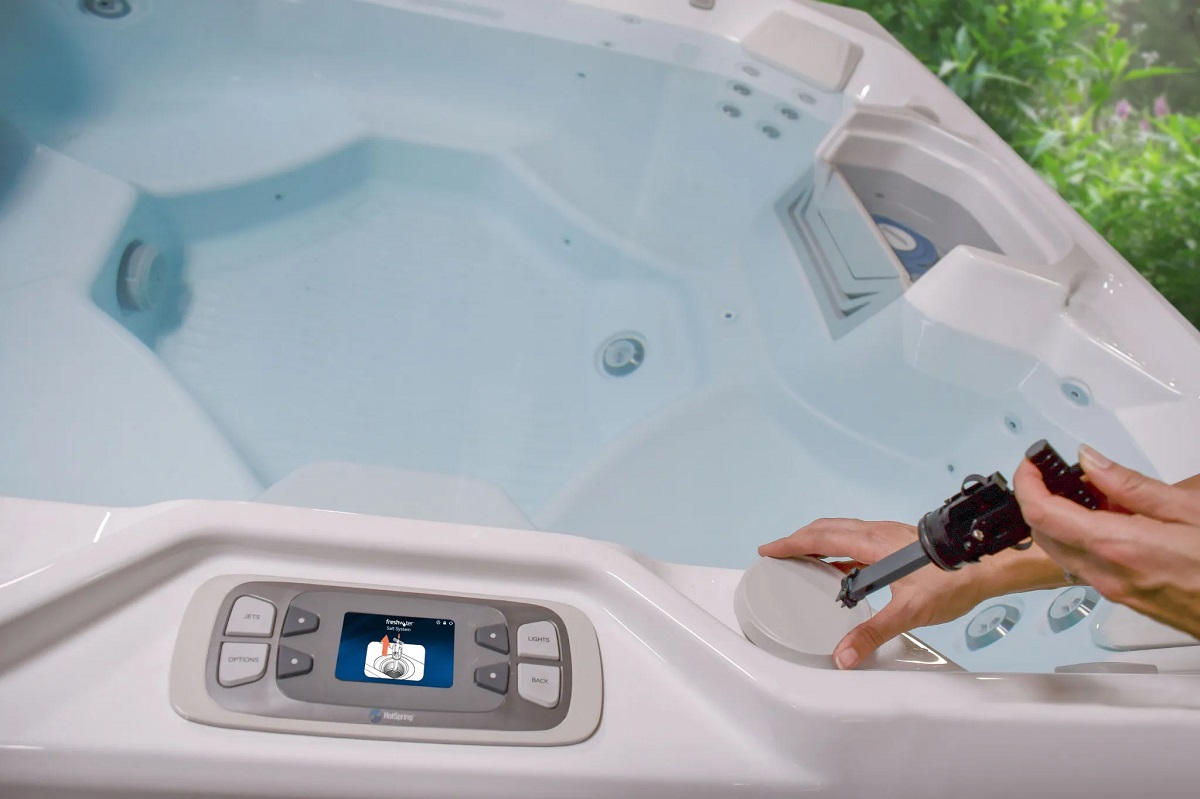
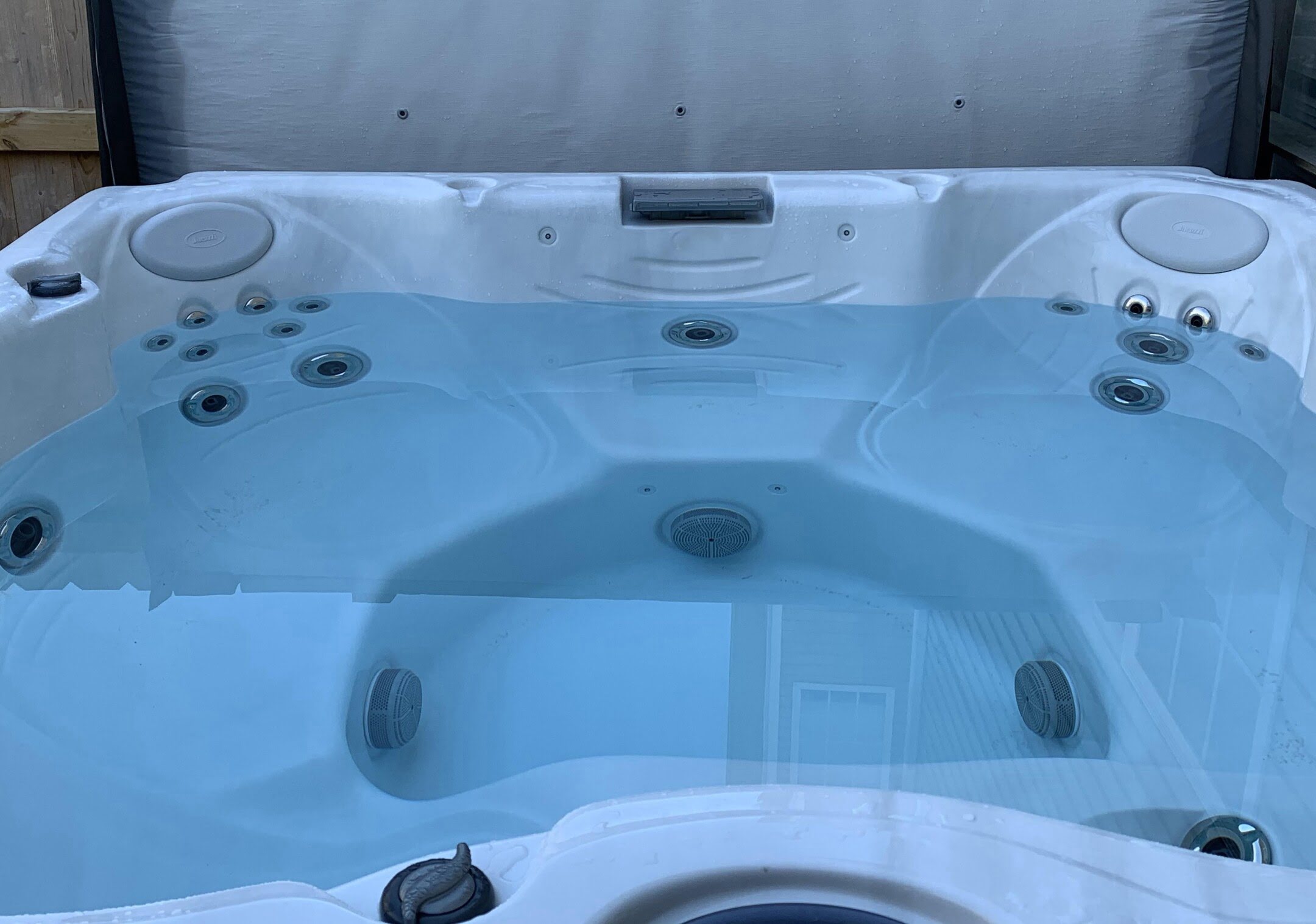
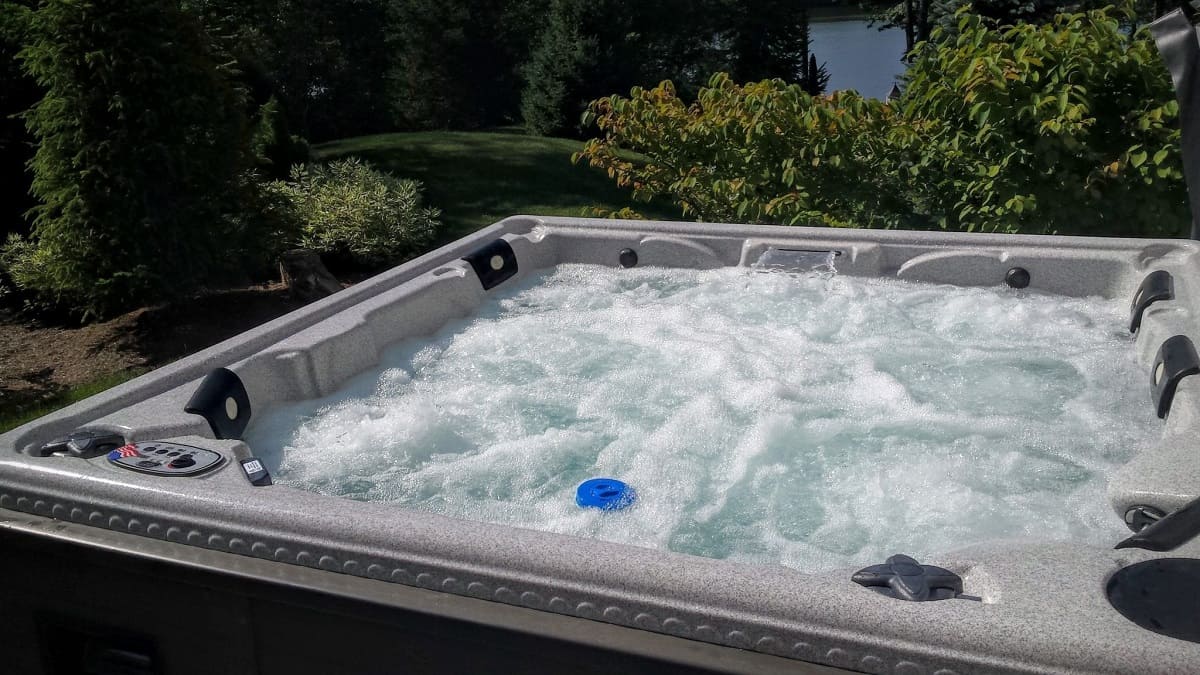
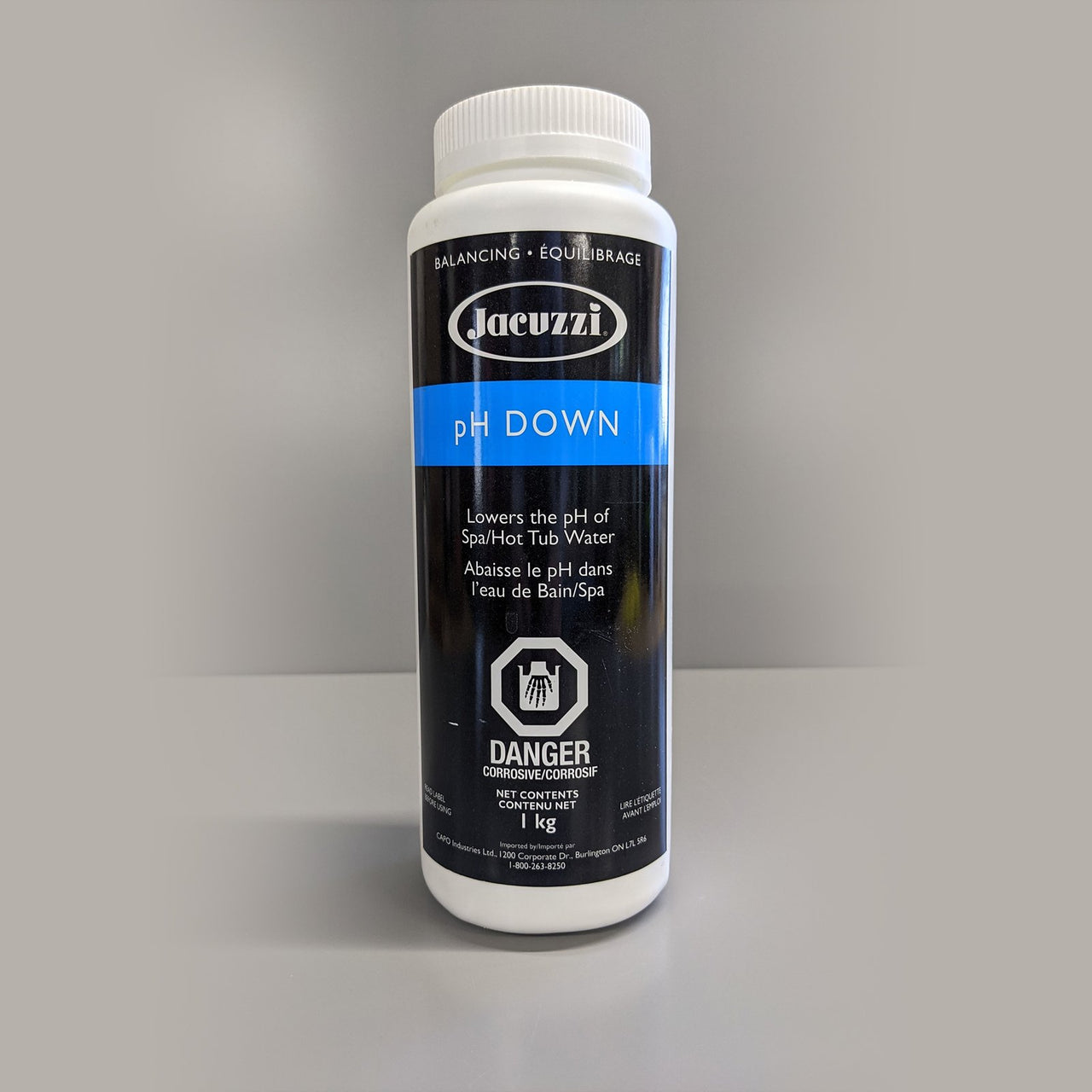
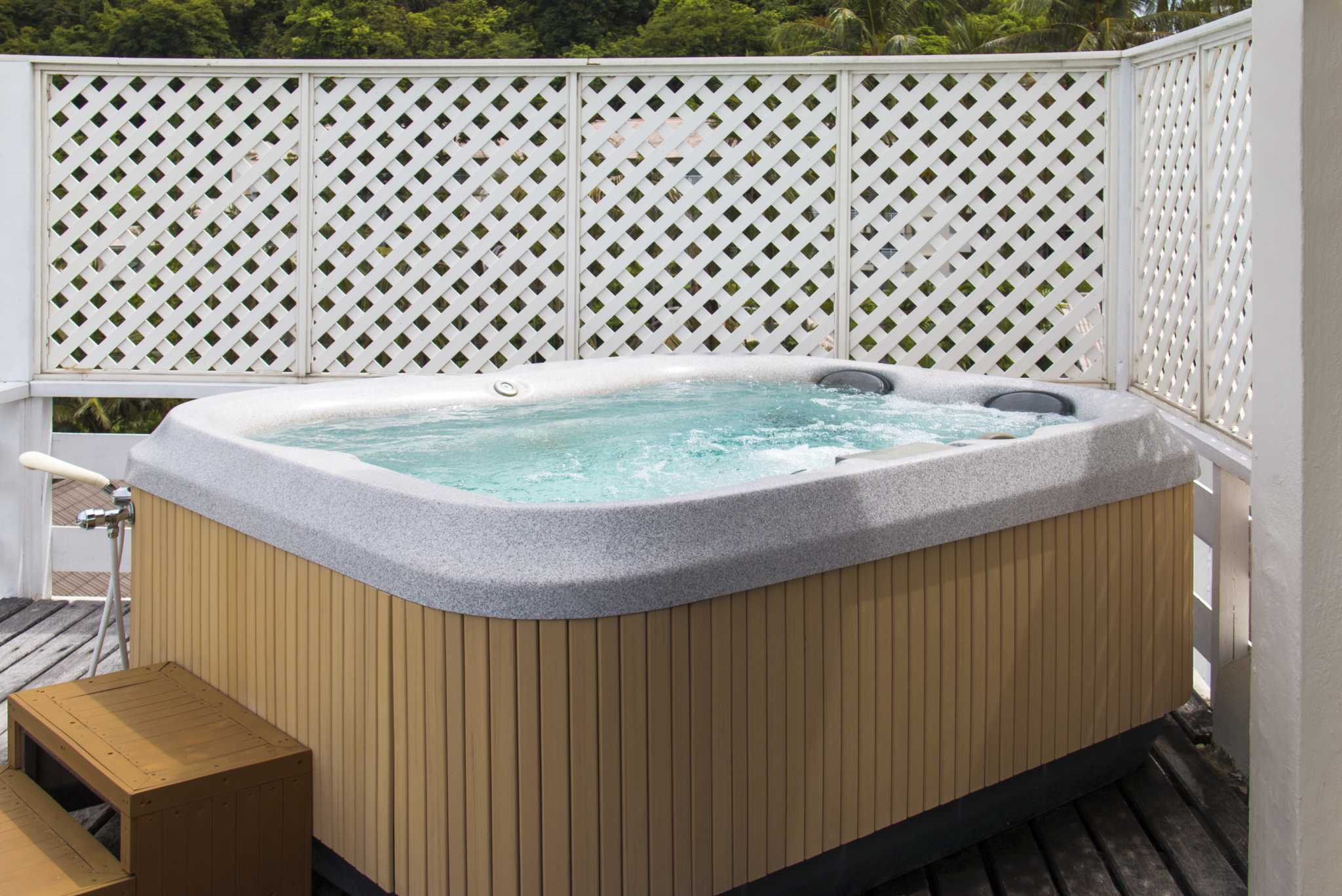
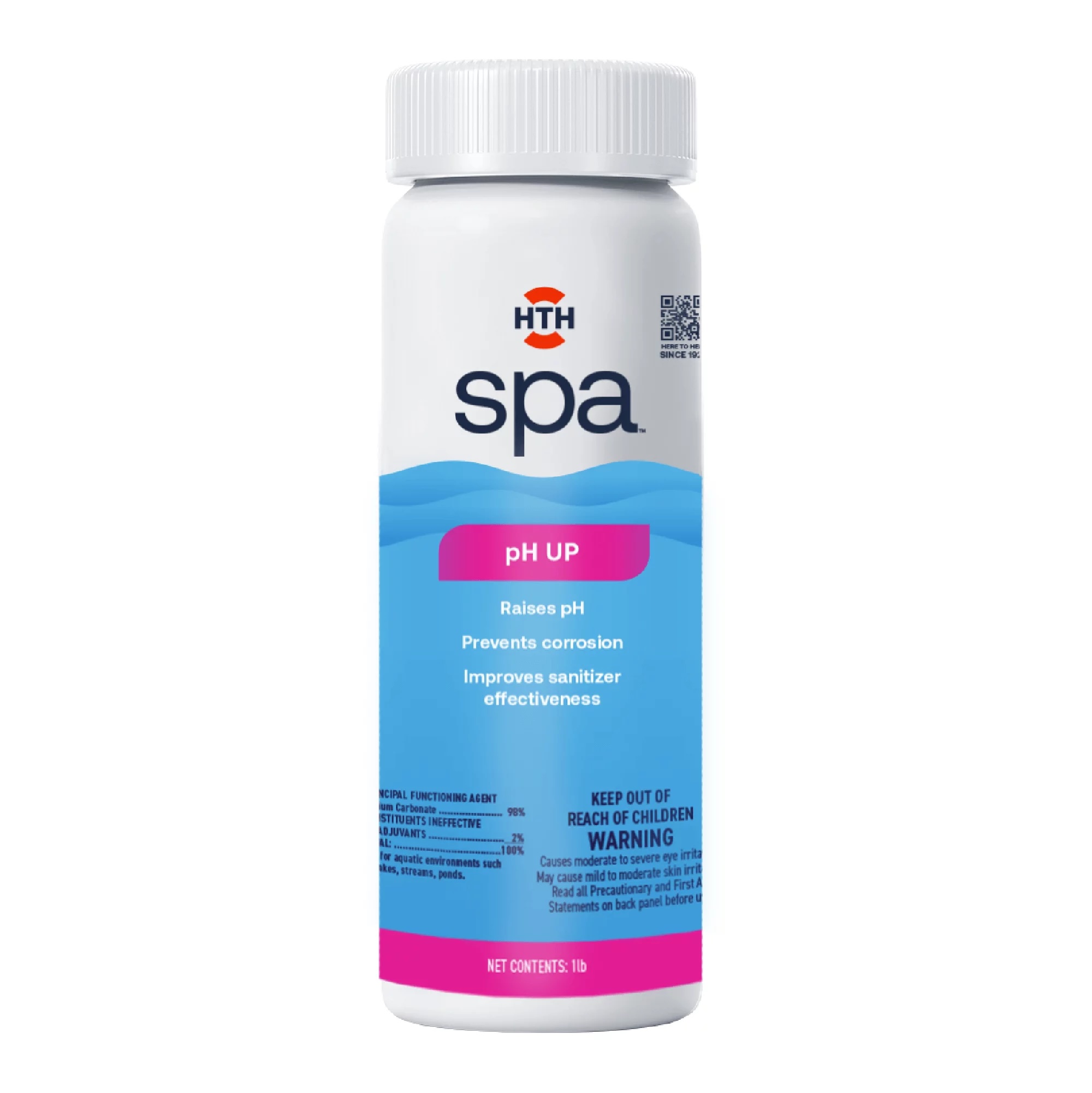
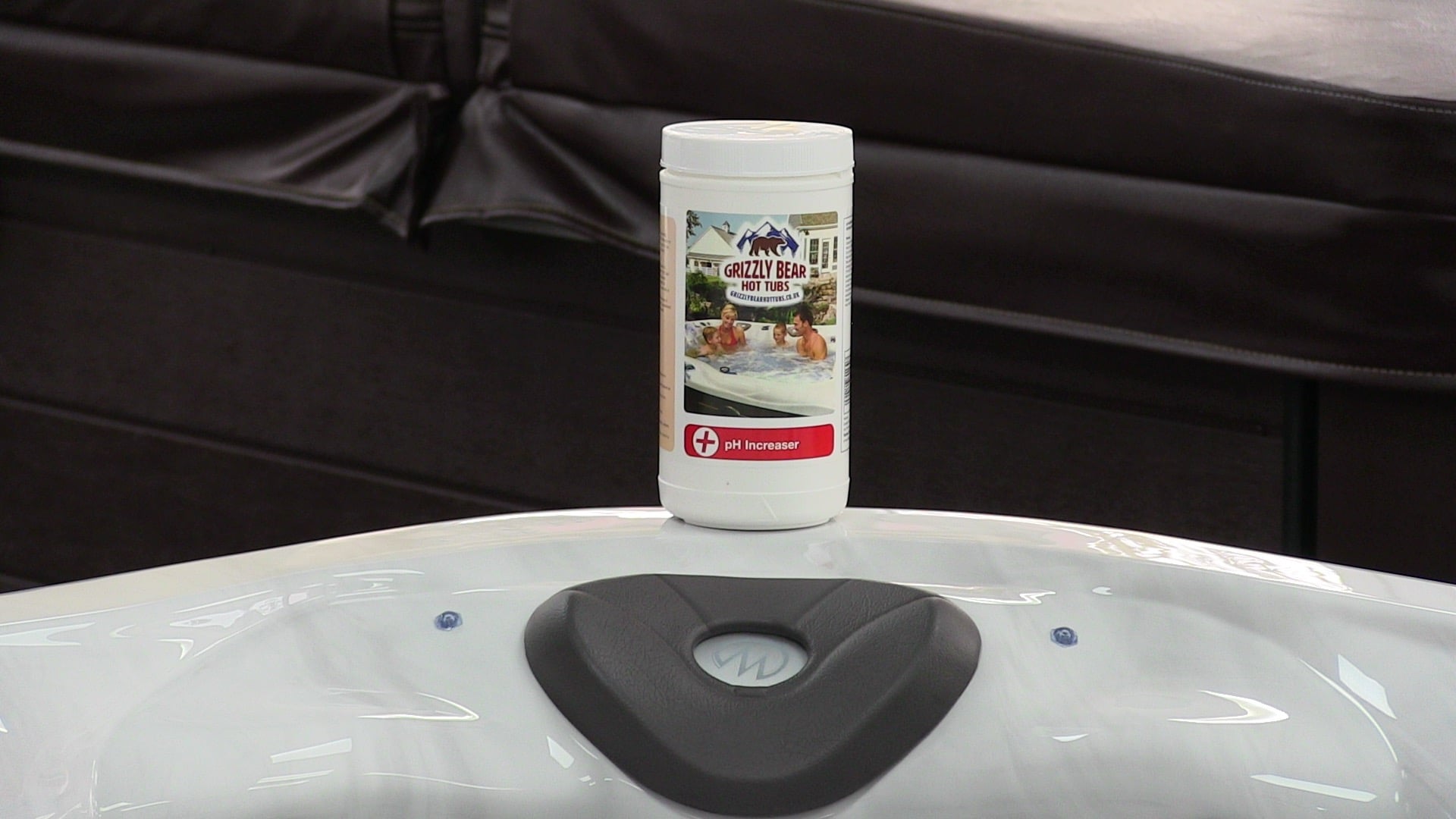

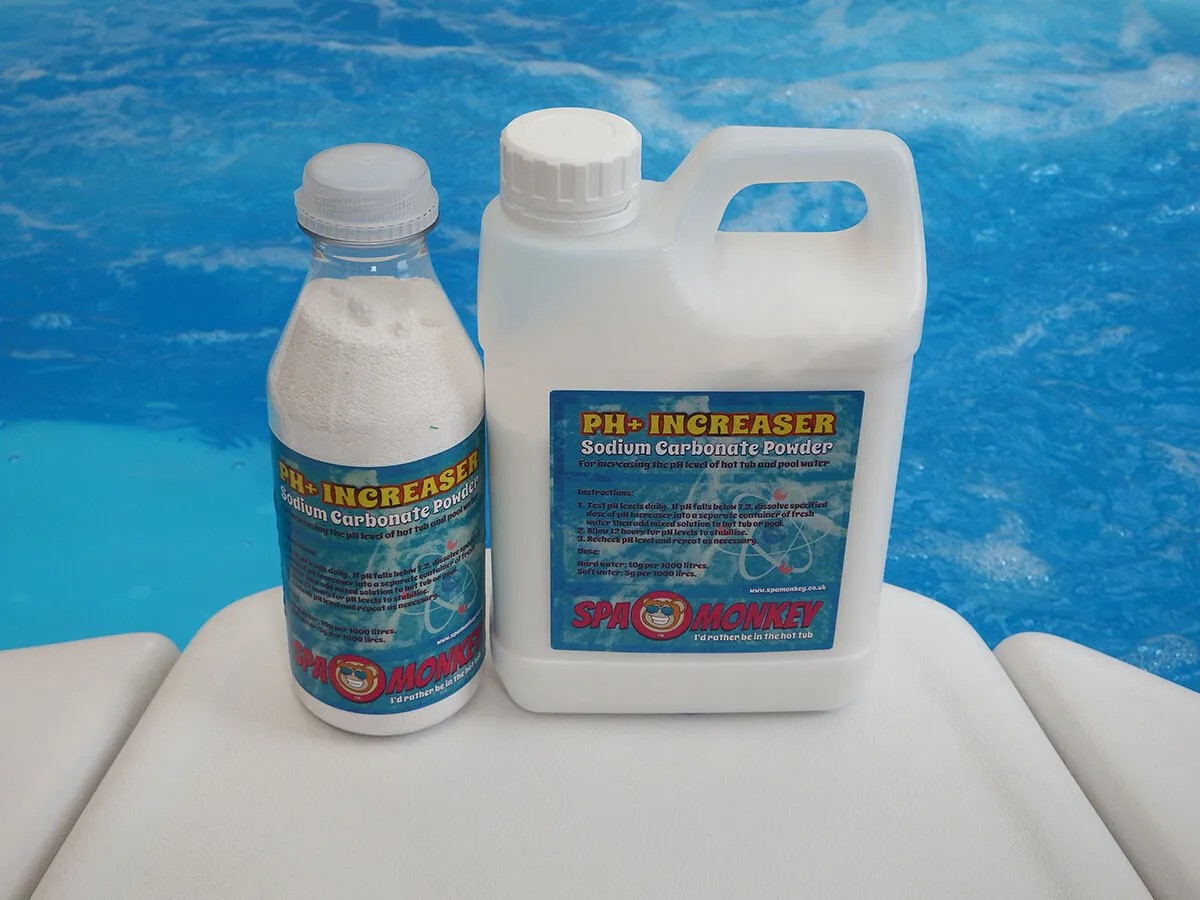
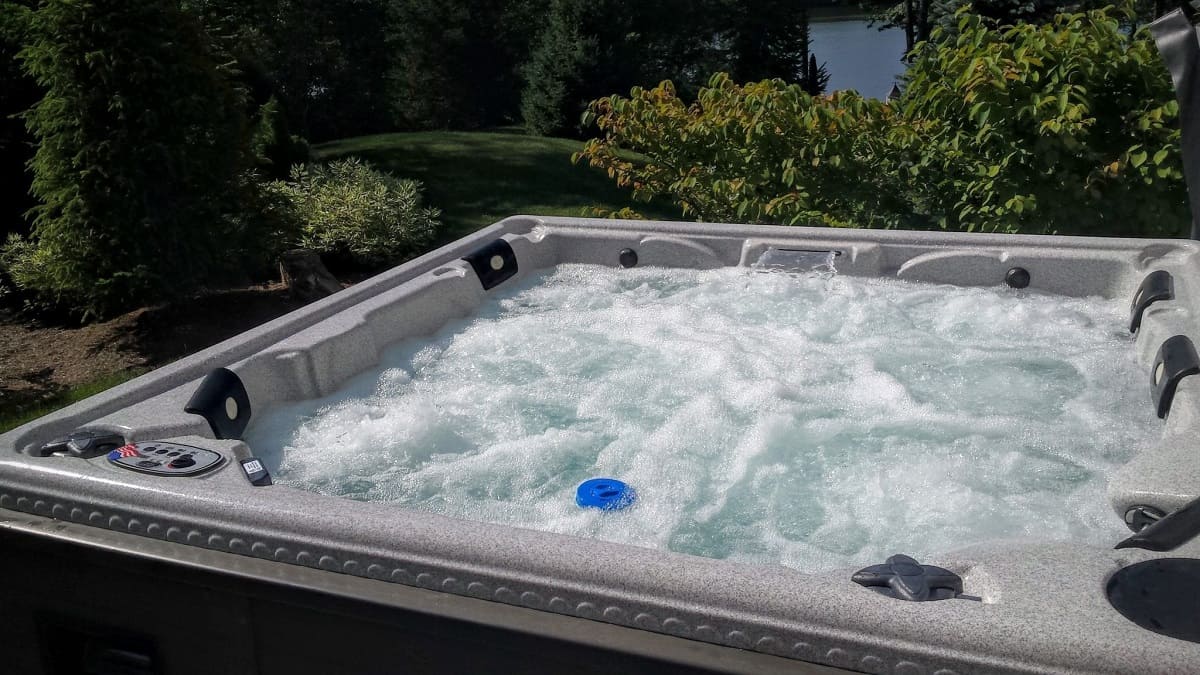
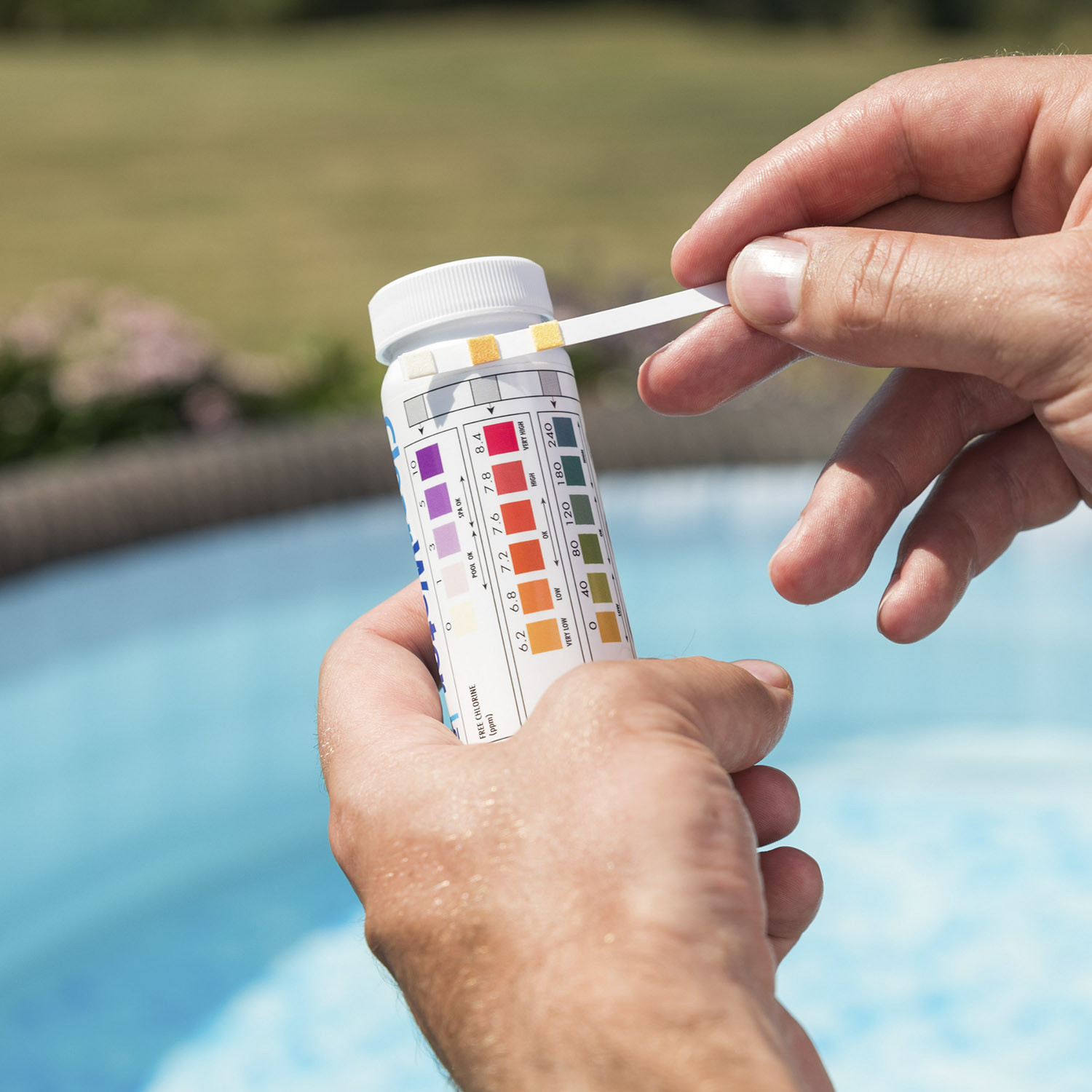
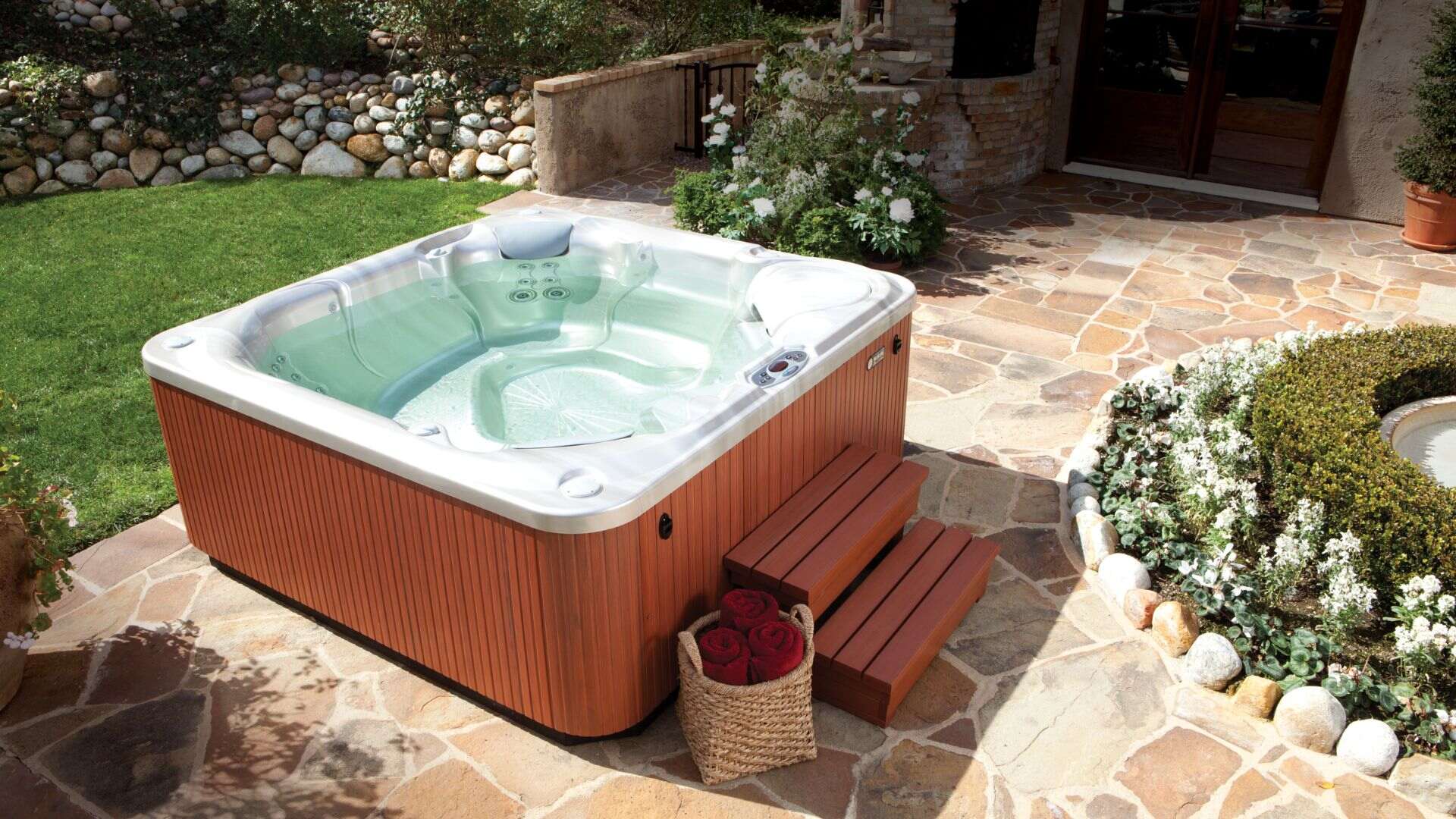
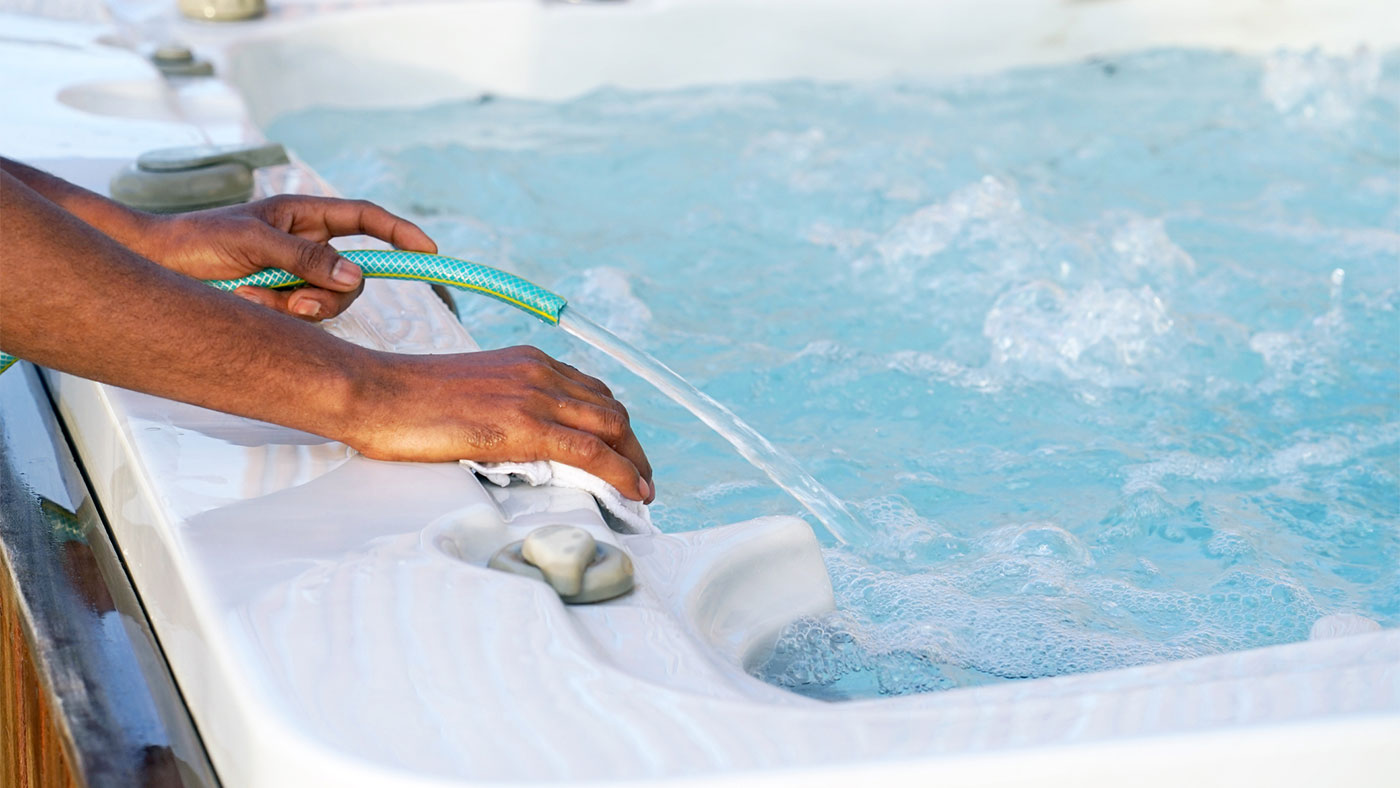
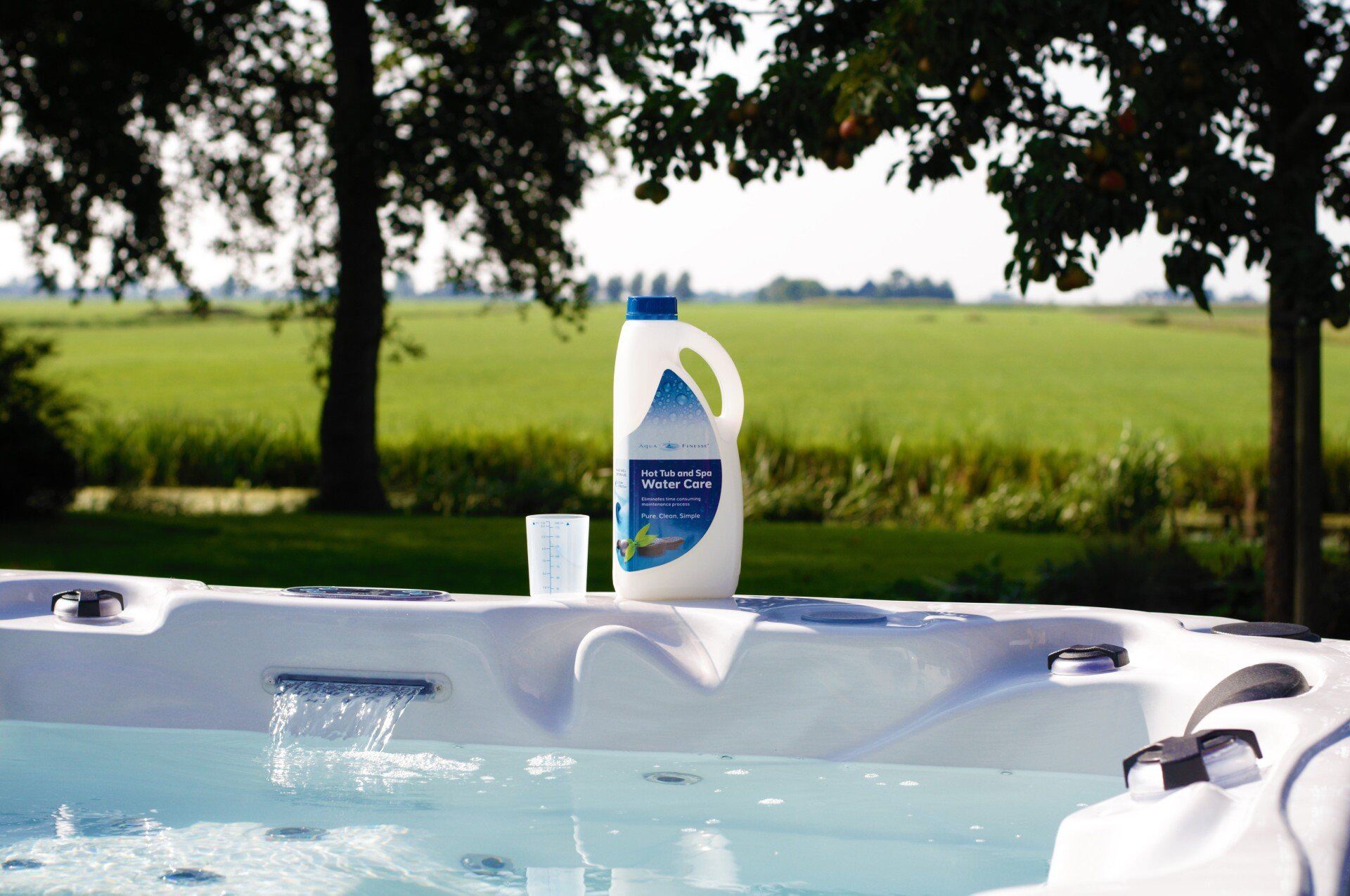

0 thoughts on “What Is PH In A Hot Tub”